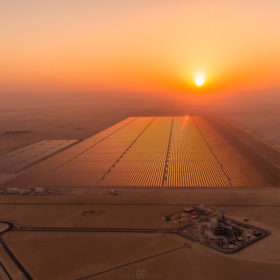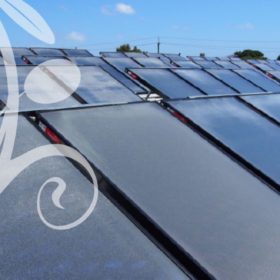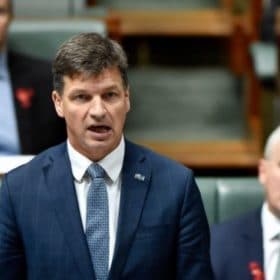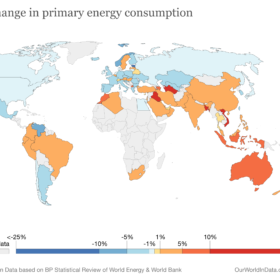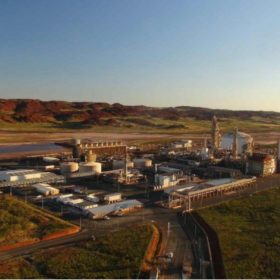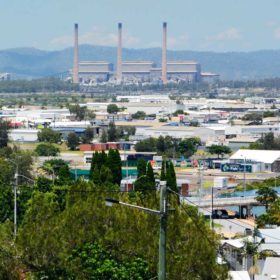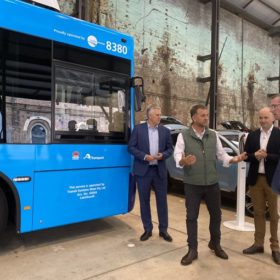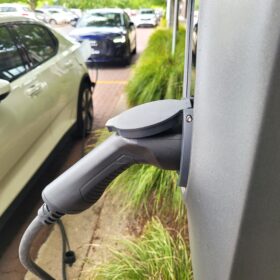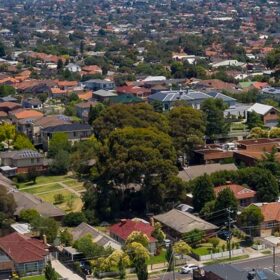‘Low-cost renewable hydrogen may already be in reach’
If the three record-busting low solar price tariffs recorded in the Middle East in the past 18 months are to be believed, renewables-powered hydrogen in prime sites in the region could already compete with gas-plus-CCS production, according to IRENA. Has the Gulf discovered the new petrol?
‘Solar tax’ founded on false premise, according to policy centre
The contentious two-way pricing reform proposed by the AEMC, dubbed the ‘sun tax’, is based on the understanding that solar is a plaything of the rich. In fact, the inverse may be true, according to a new paper published by the Victoria Energy Policy Centre. But Vinnies’ research manager Gavin Dufty, an instigator of the rule change, told pv magazine Australia such analysis misses the point, branding it ‘myopic’.
City of Subiaco becomes first WA local government to be certified carbon neutral
The City of Subiaco, an affluent suburb just west of Perth city, has become the first carbon neutral local government in Western Australia certified under the Commonwealth’s Climate Active program.
Senate blocks Taylor’s attempt to ‘illegally’ siphon renewables funding
In a big win for renewables and a big loss for the Morrison Government, the Senate has blocked the Energy Minister Angus Taylor’s attempt to illegally expand the mandate of the Australian Renewable Energy Agency to fund non-renewable projects.
Asia Pacific to hit $1.7 trillion in renewable investments by 2030 but Australia’s to fall 60% before then: Woodmac
Investments in solar and wind in the Asia Pacific could double over the next decade compared to 2011 – 2020, hitting AU$1.7 trillion, according to new analysis by Wood Mackenzie.
Commonwealth opens crucial discussion on hydrogen certification
The Australian Department of Industry, Science, Energy and Resources is inviting discussion on its newly proposed Guarantee of Origin certification scheme for hydrogen production. The discussion itself however, which is welcomed by hydrogen industry stakeholders, has a long way to go before its methodology works to accurately differentiate hydrogen produced by renewables from other sources.
Jinko and JA Solar to invest $130m in 100,000 tonne polysilicon fab
The two solar manufacturers will get priority access to polysilicon produced at the planned fab in Inner Mongolia, which developer Xinte Energy has said will be fully operational by June 2023.
Clean? Green? Blue? Blended? Queensland’s GEAP project defies hydrogen categories
The Gladstone Energy and Ammonia Project plans to efficiently use available resources and technology to produce low-cost, relatively low-emissions blue hydrogen from coal, and provide a conduit to commercialising true green hydrogen. A federal emissions policy driving toward a net-zero commitment could properly value GEAP’s place in Australia’s energy and export ecosystem.
Nationally sanctioned 23 GW hydrogen/ammonia project gets tangled in the wetlands
Is there something fishy about Environment Minister Sussan Ley rejecting the Asian Renewable Energy Hub’s development application? The murkiness of the federal government’s drive to make Australia an exporter of hydrogen, of any hue, gives rise to concerns.
Liberal sprinkling of $490 million sees NSW effectively rally drivers to buy EVs and reduce emissions
Gladys Berejiklian’s government in NSW surges ahead in the race to drive meaningful reductions in transport emissions; while a former NSW Liberal leader turns car washes into solar-powered charge stations!
